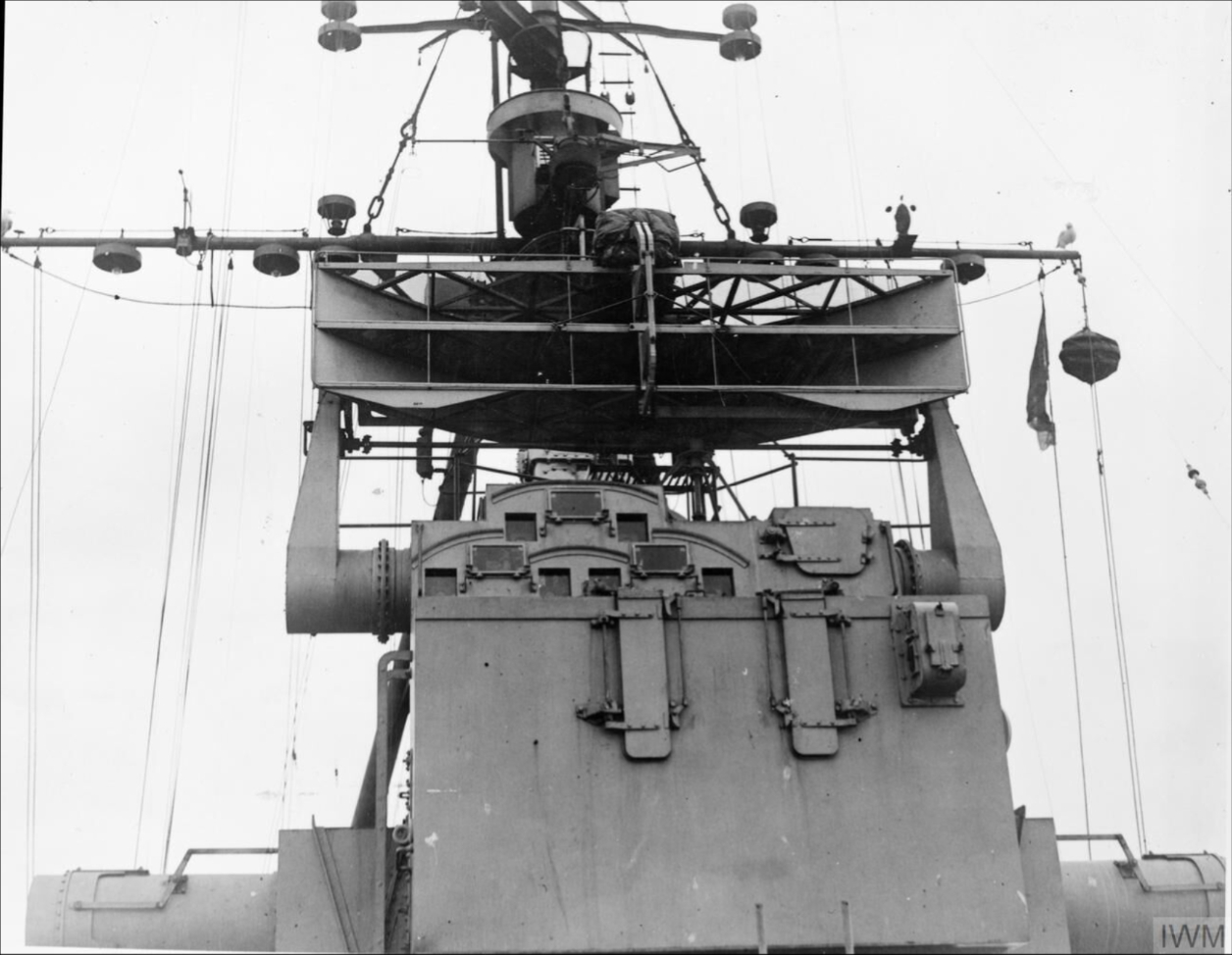Cheese Antenna on:
[Wikipedia]
[Google]
[Amazon]
 The cheese antenna, also known as a pillbox antenna and a parallel-plate antenna, is a type of
The cheese antenna, also known as a pillbox antenna and a parallel-plate antenna, is a type of
 The cheese antenna, also known as a pillbox antenna and a parallel-plate antenna, is a type of
The cheese antenna, also known as a pillbox antenna and a parallel-plate antenna, is a type of microwave
Microwave is a form of electromagnetic radiation with wavelengths ranging from about one meter to one millimeter corresponding to frequency, frequencies between 300 MHz and 300 GHz respectively. Different sources define different fre ...
-frequency radio antenna
In radio engineering, an antenna or aerial is the interface between radio waves propagating through space and electric currents moving in metal conductors, used with a transmitter or receiver. In transmission, a radio transmitter supplies a ...
found in certain types of radar
Radar is a detection system that uses radio waves to determine the distance ('' ranging''), angle, and radial velocity of objects relative to the site. It can be used to detect aircraft, ships, spacecraft, guided missiles, motor vehicles, w ...
. The antenna consists of a suitable microwave source, almost always some sort of feed horn
A feed horn (or feedhorn) is a small horn antenna used to couple a waveguide to e.g. a parabolic dish antenna or offset dish antenna for reception or transmission of microwave. A typical application is the use for satellite television rec ...
, positioned in front of a reflector consisting of a thin two-dimensional parabolic curve with metal plates on either side. The name comes from the resulting antenna looking like a segment that has been cut from a wheel of cheese.
Cheese antennas produce a signal that is highly focused in one dimension, and almost entirely unfocused in the other. The result is a broad fan-shaped (or sector
Sector may refer to:
Places
* Sector, West Virginia, U.S.
Geometry
* Circular sector, the portion of a disc enclosed by two radii and a circular arc
* Hyperbolic sector, a region enclosed by two radii and a hyperbolic arc
* Spherical sector, a p ...
) transmission pattern. These are used when the location in a single plane is desired, which is often the case for horizon-scanning radars seen on ships. The first example of the cheese was developed for the Royal Navy
The Royal Navy (RN) is the United Kingdom's naval warfare force. Although warships were used by Kingdom of England, English and Kingdom of Scotland, Scottish kings from the early medieval period, the first major maritime engagements were foug ...
's Type 271 radar
The Type 271 was a surface search radar used by the Royal Navy and allies during World War II. The first widely used naval microwave-frequency system, it was equipped with an antenna small enough to allow it to be mounted on small ships like ...
, allowing it to accurately measure the bearing to a target while having a wide vertical coverage so the reflection would remain in the beam while the ship pitched up and down in the waves.
Similar designs may also be found in height finding radar
A height finder is a ground-based aircraft altitude measuring device. Early height finders were optical range finder devices combined with simple mechanical computers, while later systems migrated to radar devices. The unique vertical oscillating ...
s, with the antenna turned "sideways" in order to accurately measure the elevation angle. These are not widespread, as most height finders used a modified "orange peel" design to focus in azimuth as well, in order to be able to pick out a single aircraft.
While common into the 1960s, the use of slot antenna
A slot antenna consists of a metal surface, usually a flat plate, with one or more holes or slots cut out. When the plate is driven as an antenna by an applied radio frequency current, the slot radiates electromagnetic waves in a way similar to ...
s and phased array antenna
In antenna theory, a phased array usually means an electronically scanned array, a computer-controlled array of antennas which creates a beam of radio waves that can be electronically steered to point in different directions without moving t ...
s has led to the cheese becoming less common.
References
* {{cite book , title=Microwave Antenna Theory and Design , first=Samuel , last=Silver , year=1984 , page=459 , isbn=9780863410178 , url=https://books.google.com/books?id=Aex6dlKreHEC&pg=PA459 Radar antennas